Did you know that a recent report says that 90% of CIOs face data migration challenges? Well, no doubt, big data migration can be a time-consuming and expensive affair. As one of the most important driving forces in modern enterprise, big data needs to be well-established. Data integration and migration are the things that require more focus.
Whether you are migrating data from a data warehouse to a data mart or from one repository to another, it is vital to execute the process by following the right procedure. It can lead to over-budget issues or an overwhelming data process if not planned well. A recent report by Gartner reveals that 50% of the data migration affected the business negatively as it led to unwanted expenses. Keep reading to learn more about data migration, its importance, and a few tips that will help you.
What is Big Data Migration
Simply put, data migration or big data migration is moving or transferring crucial data from one system to another. Though it may seem straightforward, it involves many complexities. For example, when the data is moved from one location to another, it undergoes a series of preparatory steps before you can load it to the target location
Why is Data Migration Important for your Business
For a business, data is particularly important. It is a way to get useful business insights and make fruitful decisions for your business. However, it is staggering quickly, and managing the accumulated data is time-consuming. Getting it in one place can be a hard chore, even if it is useful and fruitful. As a business owner, it is vital to take certain steps that help you to get a complete view of your business data.
Once you've all the information in one place, it will help you to make more informed decisions about your services, products, and customers. One of the best ways to get all the valuable data in a single place is by opting for data migration. The best data migration practices will help you unlock the data's true potential and make it work well to gain customers. Want to know why data migration is important?Keep reading!
Reduced Expenses
One of the best things about big data migration from older technologies to new ones is that it helps you to lower expenses. This is because older technologies involve more maintenance expenses than new ones. For instance, if you are moving your data to the cloud, it will surely help you to reduce expenses in terms of labor and hardware. An ETL tool is one of the best ways to move your data from the source tothe data warehouse while cutting data storage costs. Read more on the top 10 ETL tools for data warehousing.
Business Agility
Rapid technological change makes it hard to keep track of your data at all the applications and platforms. So, you take your business data along when your business switches from one application or platform to another. This example of data migration keeps your business moving without getting locked on a particular application or platform.
Great Collaboration
When you break the data silos and bring your business to one spot, it helps different departments to work together. Furthermore, you will gain visibility into your business, leading to better business decisions and more profit. Opting for big data migration will benefit your organization in several ways. Efficient planning and structuring are ways to gain success in data migration and overcome challenges.
Different Stages of the Big Data Migration Process
In big data migration, five major stages are involved in the big data pipeline. These include:
Challenges in Big Data Migration Faced by Companies
Even though big data migration is important, it is not a straightforward process. Many companies face numerous challenges while executing tasks. And this is the main reason many companies fail to use their data to the fullest and get the maximum benefit. Here is a list of businesses' most common big data migration challenges.
Security of the Data
When you plan to move data from one system to another, the main challenge that comes in the way is data security. Big data migration can make your sensitive information prone to security threats. Therefore, opting for the right measures and protecting your data while migrating is vital.
Technical Skills
When migrating data from one place to another, you need to do much more than just a lift and shift. The developers executing the task need to move a large amount of data and connect it with the data sources. All this requires an intense knowledge of data integration tools and practices.
Heavy Expenses
Integrating each application to move your data traffic smoothly may work; however, it is time-consuming and expensive. Updating the code manually requires time and can lead to a high risk of human error. Again, extensive monitoring of the big data while migration can lift the operational costs even more.
The best way to deal with and overcome challenges is by having in-depth knowledge about them. You need to understand how big data migration can be made smooth and what things you need to consider. Having full knowledge will not only help you to migrate your data to the right place but will benefit a lot to your business.
Types of Big Data Migration Strategies
An organization can opt for data migration for a multitude of reasons. For instance, if a specific company feels a new database can offer more rewards than its existing database, it might consider migrating the data. However, as they involve greater complexity, it is vital to follow the right approach to database migration. Below we have mentioned the three main strategies one can opt for during data migration.
Big Bang Data Migration
During the big bang data migration, all the data is transferred in one go from the source to the destination. This migration is performed either during the scheduled downtime or during a weekend. The best part about this approach is the simplicity level of the data migration. However, this migration is unsuitable for organizations that run round the clock.
Trickle Data Migration
Another agile methodology for migrating data from one system or platform to another is trickle data migration. During this approach, the big data is broken down into small sub-migrations. Each migration comes with its own goals, deadlines, and scope. When the ton of data breaks into smaller pieces, it becomes easy to monitor each subsection for success. The best part about trickle data migration is that it is least prone to failure. However, this migration will lead to excessive use of resources, effort, and time.
Zero-Downtime Database Migration
This approach replicates the data to migrate it from the source to the targeted destination. During the big data migration, the user can access the source database while the database migration is completed. This approach's best features are fast migration, less business disruption, minimal cost, and much more.
So, these were the three approaches for big data migration, with their pros and cons. The right choice of the data migration approach will solely depend on your business requirements and needs. Remember, big data is not just "more" data. Instead, it is a collection of large, unstructured, and complex data that is increasing rapidly. Therefore, a thorough analysis and a proactive approach are the best ways to execute the smooth big data migration process
5 Tips to Migrate your Big Data Smoothly & Effortlessly
Whether you are familiar with moving big data from one place to another or it is your first time moving the data, stepping into a time-consuming affair can be frustrating and intimidating. Big data migration will come with only two possibilities - either you will be enjoying the smooth data migration process or cleaning the data for years. To help you avoid the latter, we have compiled a list of tips to make your bigdata migration is smooth and effortless.
Migrating Big Data in One Go
It is common for companies with traditional data warehouses to perform the whole process of data migration in one go. This will reduce costs and improve performance. But we cannot ignore the high risk of migrating the entire data warehouse simultaneously. To lessen the risk, shift the workloads in a phased manner, reducing the burden on the legacy system.
Check Destination Compliance
Critical applications used in the business contain a significant volume of complicated logic. It will involve the most demanding workloads to migrate this complex data to a new platform. Customers have also contributed some of the logic using user-defined functions or procedures. In this scenario, the destination database, data lake, or data warehouse should comply with SQL, Spark, JDBC/ODBC and automatically convert BTEQ scripts, procedures, and macros.
Do not get Locked-In
The automated data migration tool you select should always provide the flexibility and functionalities your business requires. It should allow you to move all your data simultaneously and in phases. Companies having privacy or compliance demands prefer to store some data on-premises. But whatever your selection may be, do not get locked in without any flexibility.
All Cloud Data Warehouses are not Created Equal
All Big data warehouses are not designed to provide a fully managed service. In addition, most cloud data warehouses do not cater to modern challenges. Though several cloud data warehouses are inexpensive, there will be a huge monthly subscription bill when you start running full production workloads. Performances also slow down as the volume of users increases.
Learn why an eCommerce cloud data warehouse is essential.
A Thorough Business Assessment is Mandatory
A successful data migration journey demands a thorough assessment of your legacy system for your big data environment. For example, you might have invested a lot of time and logic into your big data platform. As a result, there will be a significant amount of junk data: tables, queries, and workloads irrelevant to the business was created over the period. Moving these objects during the migration will waste time and storage.
Following the above tips will ensure that your big data is migrated smoothly and that you are ready to use it to outrank your rivals.
Daton- The eCommerce-Focused Data Pipeline
If you want to solve data challenges for eCommerce brands and agencies, then Daton, our eCommerce focused data pipeline, is the best etl tool to opt for. It is a no-code data pipeline that supports load scheduling, high volume processing, and complete data stack flexibility.
Thinking about investing in data infrastructure? Watch below video to see why Ecommerce brands trust Saras Analytics for seamless data management!
Top ecommerce brands trust Saras Analytics for their data strategy. Now, it's your turn—Try for free
Features
- Data replication takes minutes, not months.
- Bring in data from 100+ data sources like Amazon, Shopify, and various ad platforms (including Google, Facebook, etc.), customer support tools, CRMs, and more.
- Daton integrates and synchronizes your data sets into a data warehouse of your choice.
- Flexibility in data stack for BI and analytics.
- Custom reporting and dashboard to ensure all data needs are met.
- Presence of a built-in monitoring system that monitors the performance and validity of the data passing through the pipeline.
- A built-in notification system that alerts you when there are system or data quality issues
- Automatically handles changes in the schema in both the destination and the source.
- Get continuous delivery of quality data.
Related Read: Best etl tools
Conclusion
No doubt that data migration is a complex and time-consuming process. However, you can make it easy by understanding the concept, choosing the right approach, and preferring the right tools. Instead of rushing into the data migration, you need to think proactively and plan and consider possible risks. Keeping the best practices in mind, like backing up the data before executing the data migration, sticking to your strategy regardless of the complexities, and rigorous testing are the surefire ways to make your big data migration smooth and simple. For example, if you are looking to make the extraction of data from different sources easy, all you need to do is choose Daton. Being an automated and affordable data pipeline, it can help you make things super easy and smooth. Daton will assist you not only in improving internal business operations but also ensure that you are ready to gain more customers. Sign up for a 14-day free trial today!












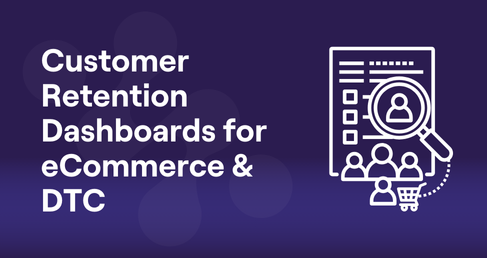
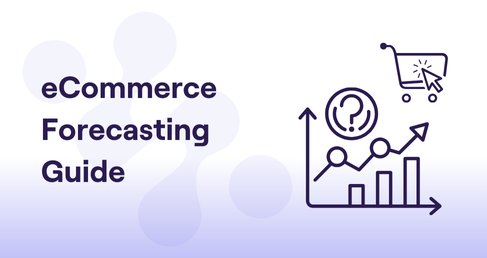
.png)


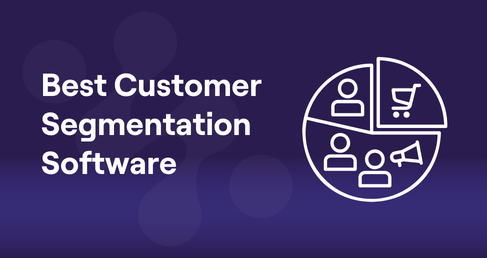

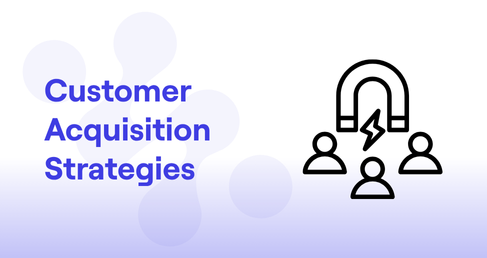
.png)
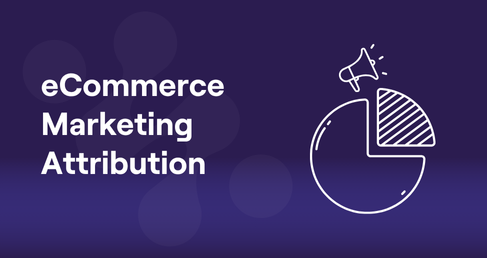




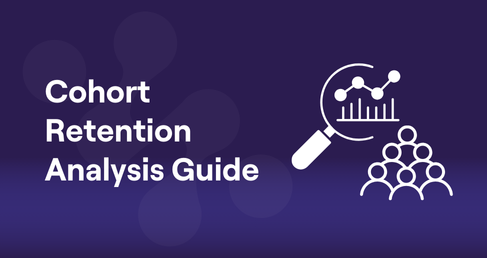


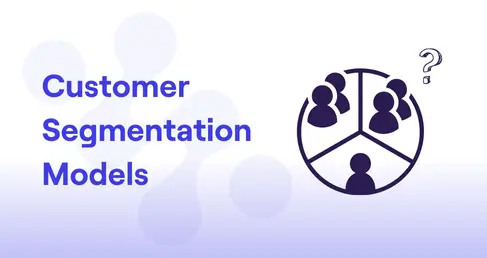
.webp)

.avif)


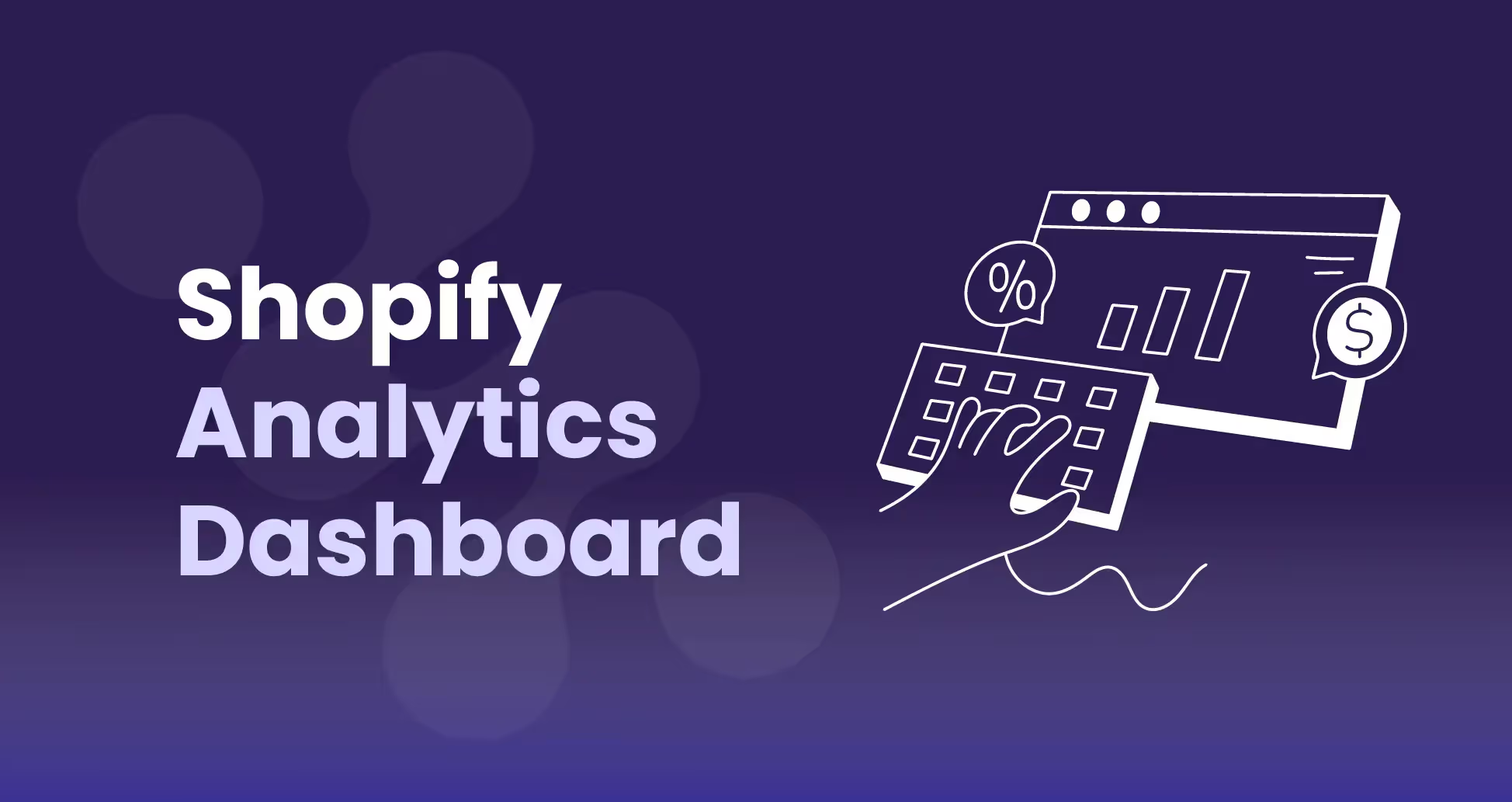
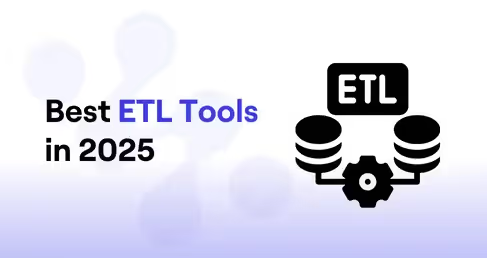
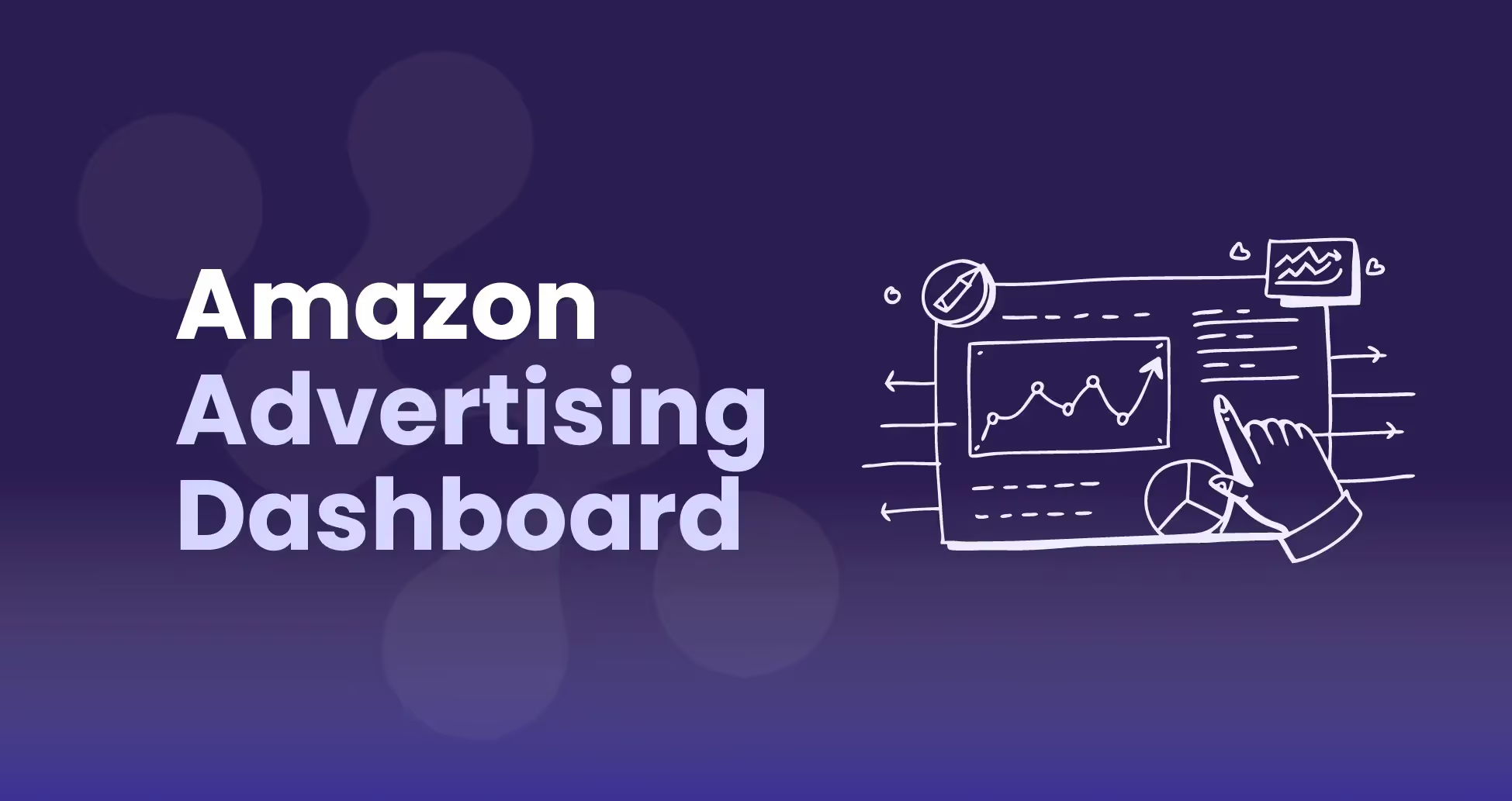

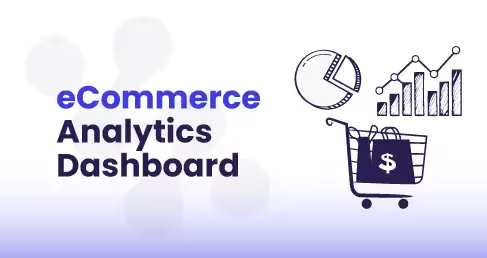
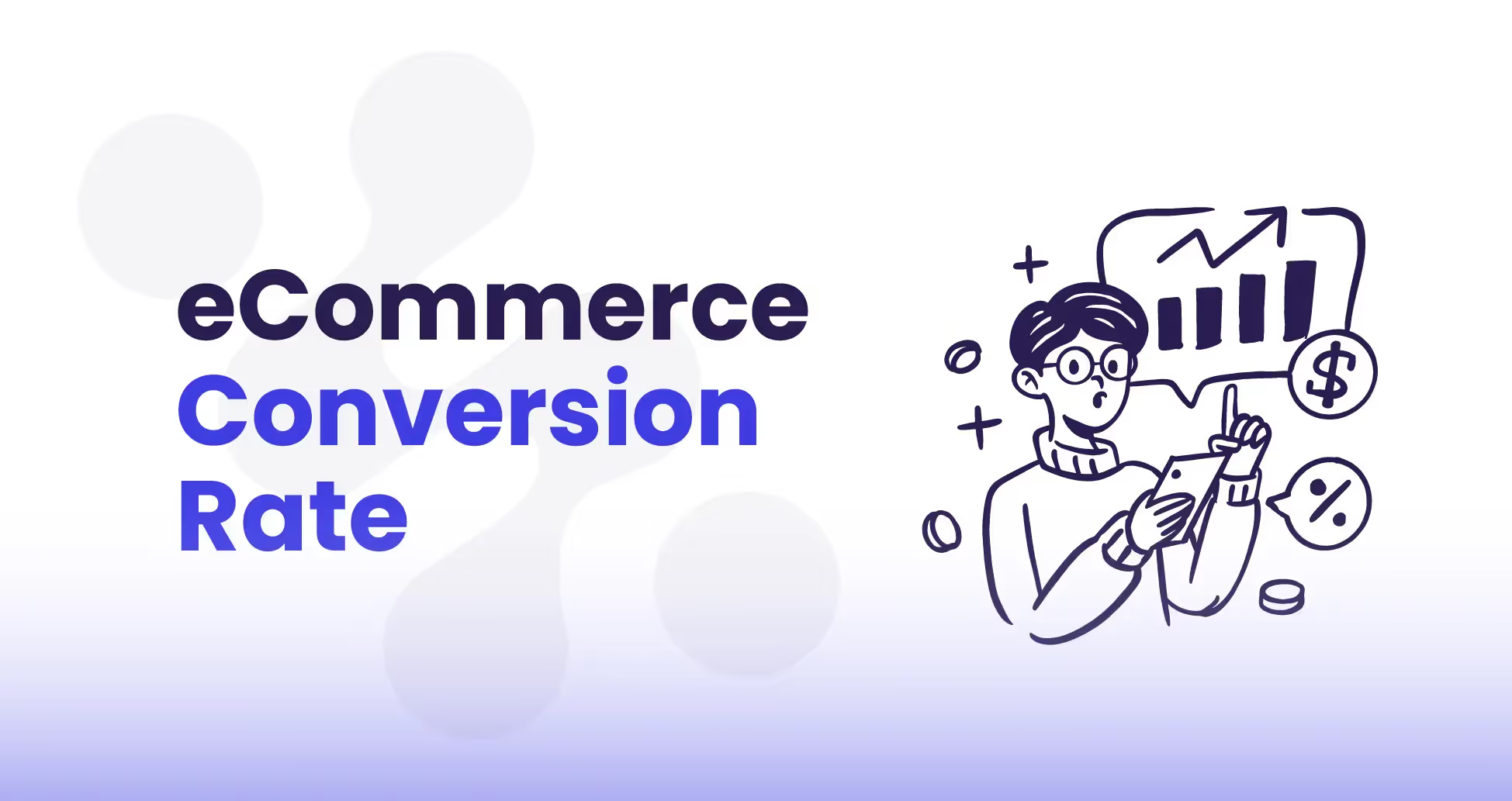
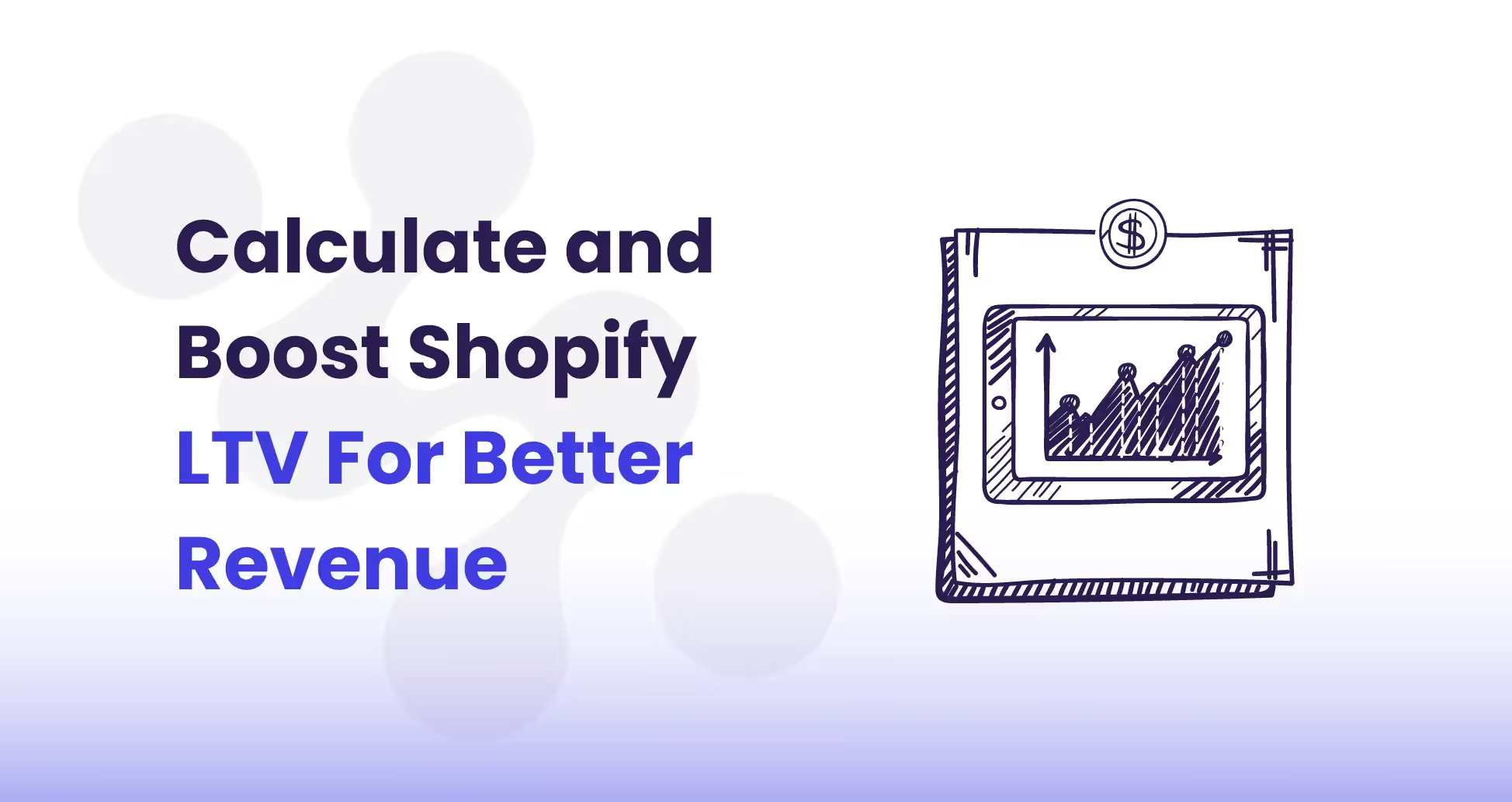
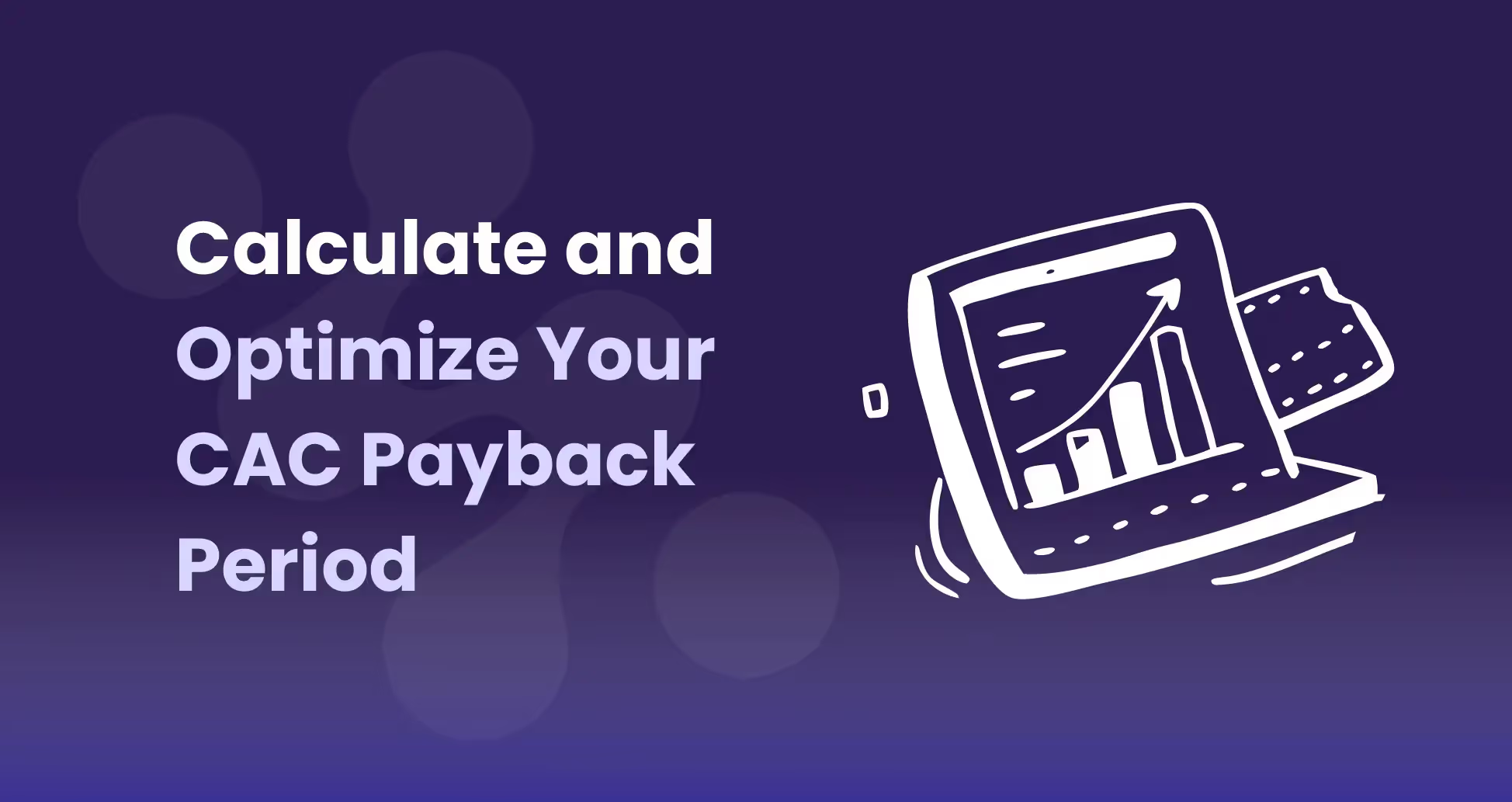
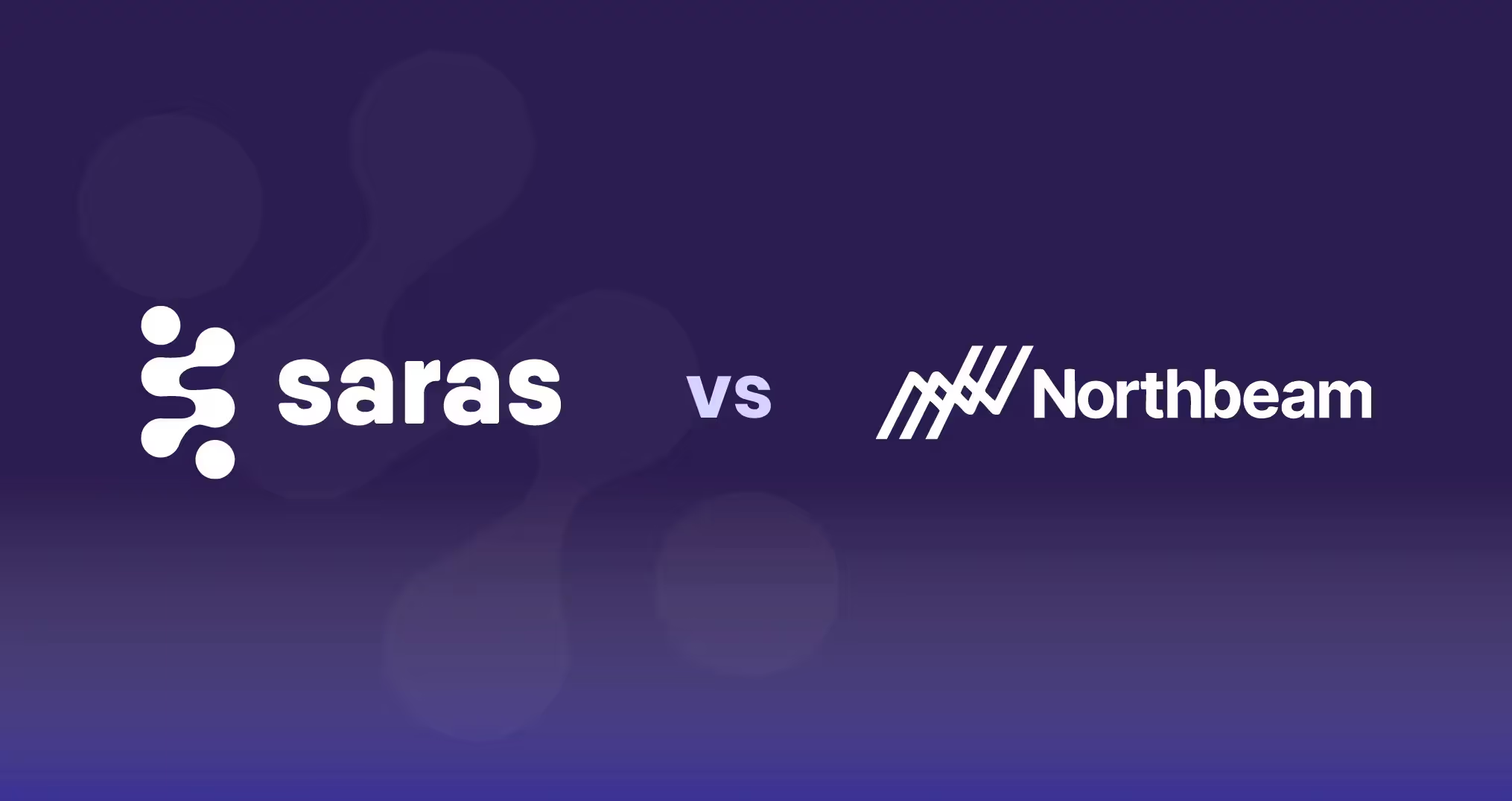
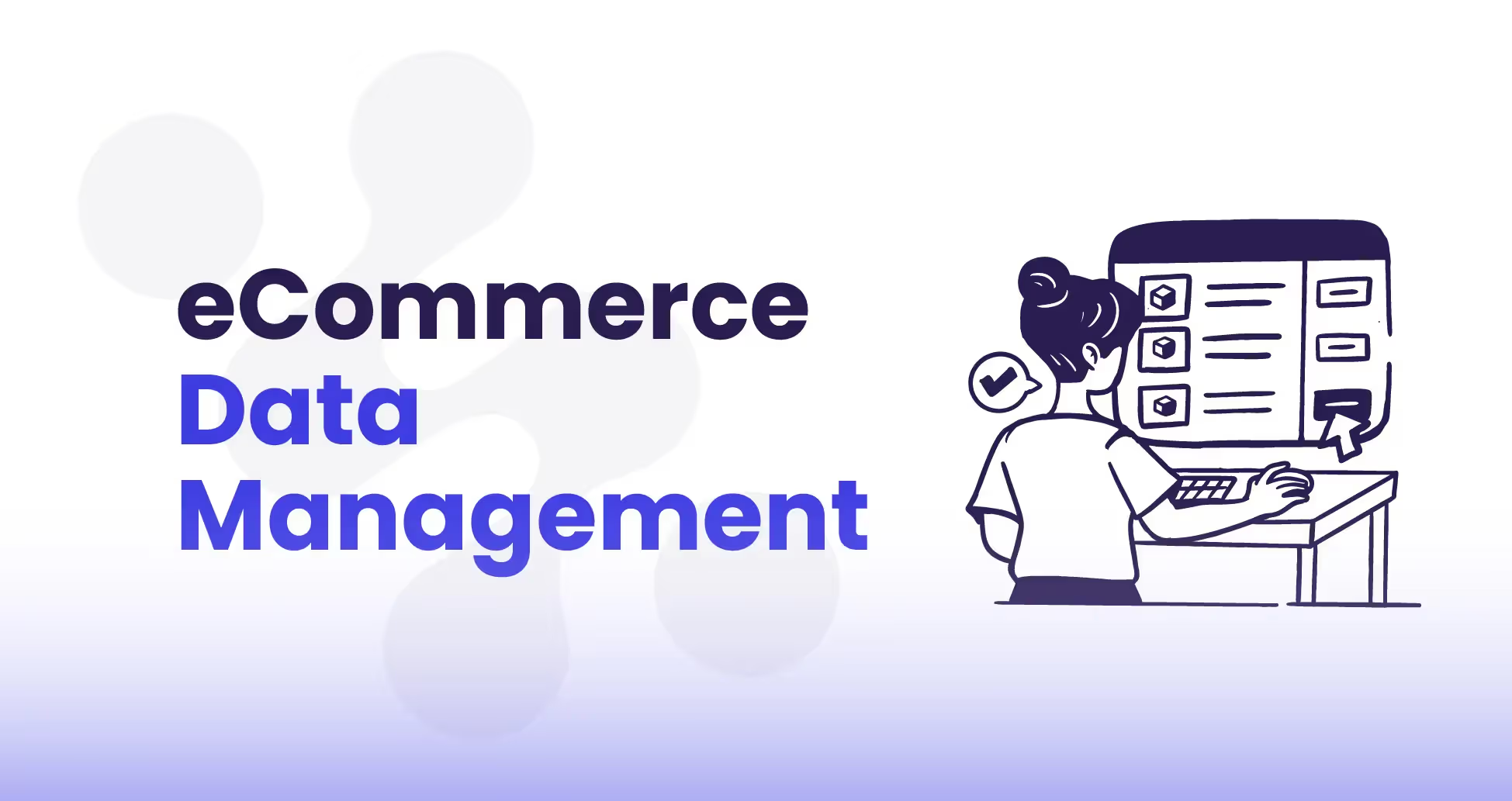
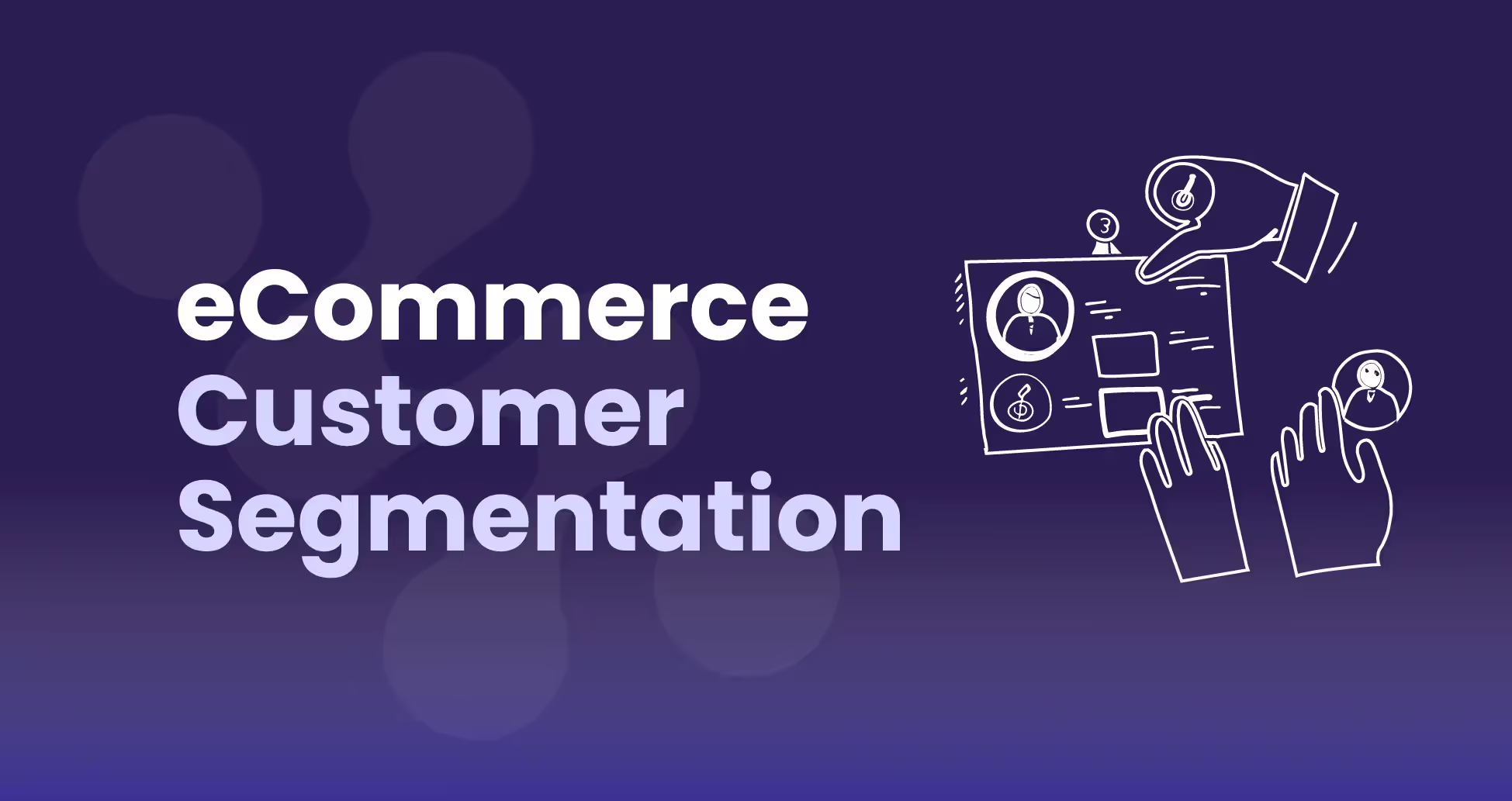

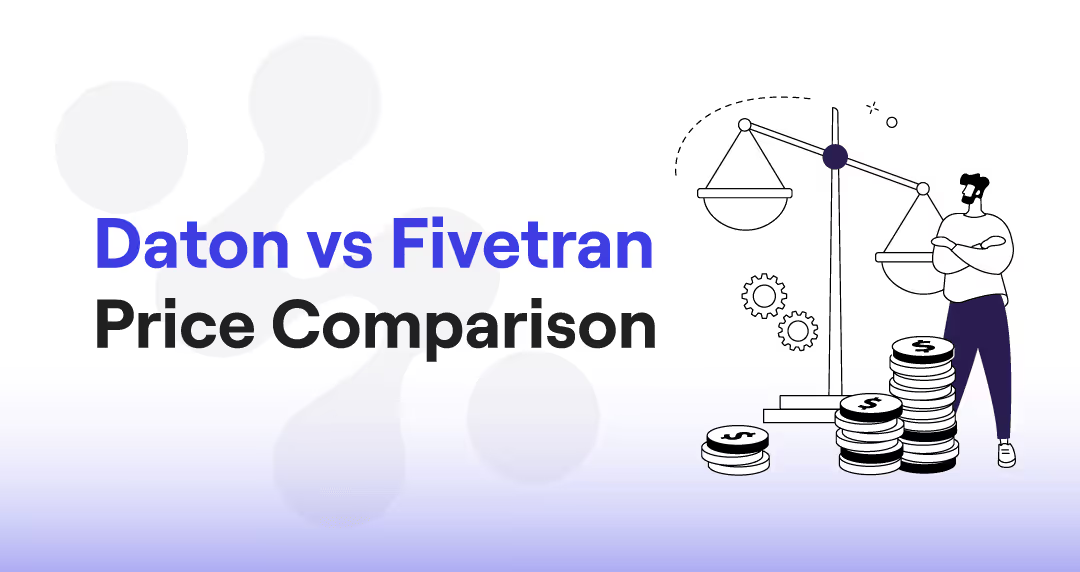

.avif)

.avif)
.avif)
.avif)
.avif)
%20(1).avif)
.avif)
%20(1).avif)
%20(1).avif)





.avif)





.avif)








































